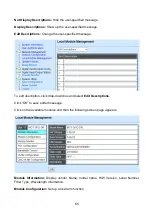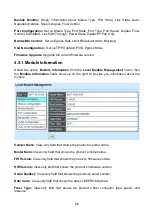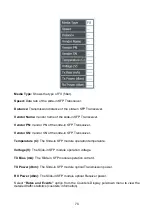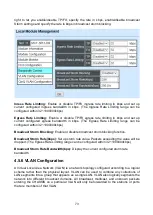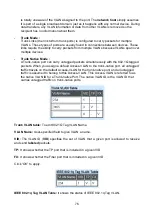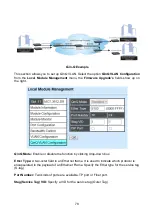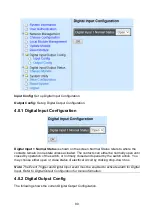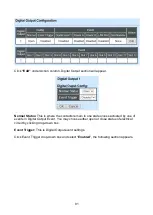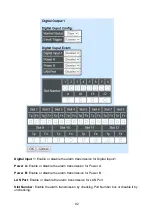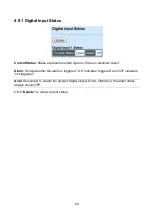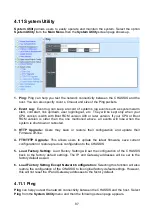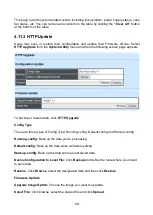
76
is totally unaware of the VLAN assigned to the port. The
network host
simply assumes
it is part of a single broadcast domain, just as it happens with any normal device. During
data transfers, any VLAN information or data from other VLANs is removed so the
recipient has no information about them.
-
Trunk Mode :
Trunk Links (the link to/from trunk ports) is configured to carry packets for multiple
VLANs. These types of ports are usually found in connections between devices. These
links require the ability to carry packets from multiple VLANs because VLANs span over
multiple devices.
-
Trunk Native Mode :
A Trunk-native port can carry untagged packets simultaneously with the 802.1Q tagged
packets. When you assign a default Access-VLAN to the trunk-native port, all untagged
traffic travels on the default Access-VLAN for the trunk-native port, and all untagged
traffic is assumed to belong to this Access-VLAN. This Access-VLAN is referred to as
the native VLAN ID for a Trunk-native Port. The native VLAN ID is the VLAN ID that
carries untagged traffic on trunk-native ports.
Trunk VLAN table:
To edit 802.1Q Tag VLAN Name.
VLAN Name:
User-specified field to give VLAN a name.
VID:
The VLAN ID (
VID
) specifies the set of VLAN that a given port is allowed to receive
and send
labeled
packets.
TP:
It shows whether the TP port that is included in a given VID.
FX:
It shows whether the Fiber port that is included in a given VID.
Click
“OK” to apply.
IEEE 802.1q Tag VLAN Table:
It shows the status of IEEE 802.1q Tag VLAN.




